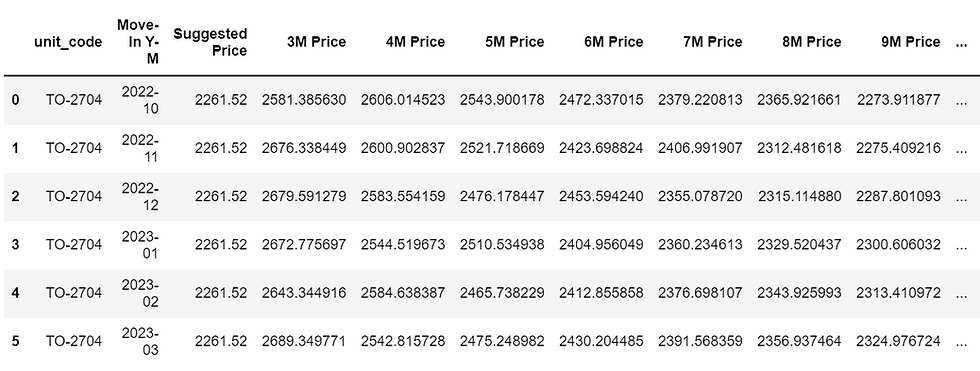How To: Social Media Analytics
- michaelwoolfson
- Mar 11, 2022
- 3 min read
Social media analytics is the process of gathering data from conversations or touch points on digital mediums, primarily on social platforms, and translating them into structured insights. These insights can ultimately be used to make product development and marketing decisions, thus increasing customer centrality for businesses.
Measuring the success of social media accounts is crucial – as no other medium provides the real time feedback from customers that social media does. It is paramount to know how to best interpret these analytical results to avoid missing out on big opportunities or red flags, mistakes that could be costly for the firm.
Before one can really leverage insights from social media analytics, it is necessary to define important metrics and social media objectives first. Given the abundance of data and the volume of noise, this is usually easier said than done. If you are looking to increase awareness, the number of impressions is a more important metric. However, if you are looking to drive traffic to a website, click throughs are more vital.
Key performance indicators you should be tracking include, but not limited to:
Following
Followers
Number of engagements
Likes, comments, reactions, shares
Impressions
Engagement rate
Actions on page
Post clicks
Post reach
Click through rate
Net Promoter Score

At the very minimum, companies using social media should be looking to derive insights from the following data reports:
monthly social media performance insights (provides insights on engagement separated by geography, demography, and so on to segment and target users)
Text sentiment analysis report (leverage social media sentiment listening to classify market sentiment. It can be used to improve loyalty and to drive product decisions)
Online advertisement audience analysis (learn about who is interacting with your online advertisements to better target more profitable consumers and increase ROI)
More recently, more insight intensive firms are turning to analysis metrics such as:
Share of Voice: Determine the percentage of the overall industry marketing conversation one specific company holds over a specified period of time.
NPS (Net Promoter Score) – An index ranging from -100 to 100 that measures a customer’s willingness to recommend a company's products or services. It is a proxy for customers overall satisfaction and loyalty towards a brand. Upon answering questions regarding their willingness to recommend a product or services, they are segmented into 3 categories: detractors, passives, promoters. The Net promoter score is the difference in the proportion of customers who are promoters versus those who are detractors. This simple metric has massive business implications within it – Bain and CO, who originally introduced the metric, have said the NPS accounts for 20-60% of a company's organic growth
Industry Example:
As a consumer facing technology company, Dell has emerged as a leader in the social media analytics space since 2006. Given the real time aspect of social media data, the impact has allowed them to quickly make product decisions and process changes.
Dell was able to quickly make product changes when releasing a new laptop project called “Project Sputnik”, a modification of the popular laptop, the XPS 13, but with open source software.
Given the demand from developers for this type of product, Dell’s social media team sat eagerly, monitoring all social media channels upon announcement of the product. Within the first couple hours of launch, they were surprisingly met with negative feedback as concluded by a social listening sentiment analysis. By leveraging social media listening, Dell was not only able to quickly become aware of the problem, but they were able to pinpoint the source of the problem. They successfully found out that a product manager mistakenly priced the product above Dell’s Windows notebook, a position they did not intend on taking from the get go.
Within 24 hours, Dell was able to finalize internal conversations leading the price to be corrected on dell.com and an announcement on the popular technology blog Engadget.
Conclusion
Integrating analytics into your social media strategy is an absolutely essential step towards achieving the best return on investment. If your organization needs help getting started, get in touch today or check out our website for more information on how we might be able to help!




Comments